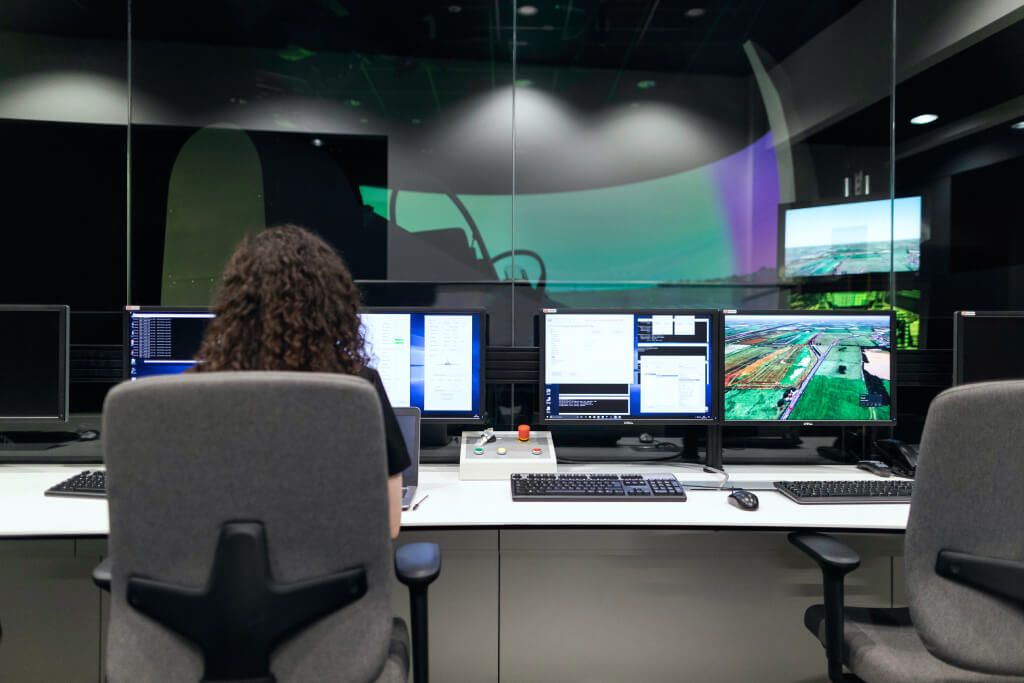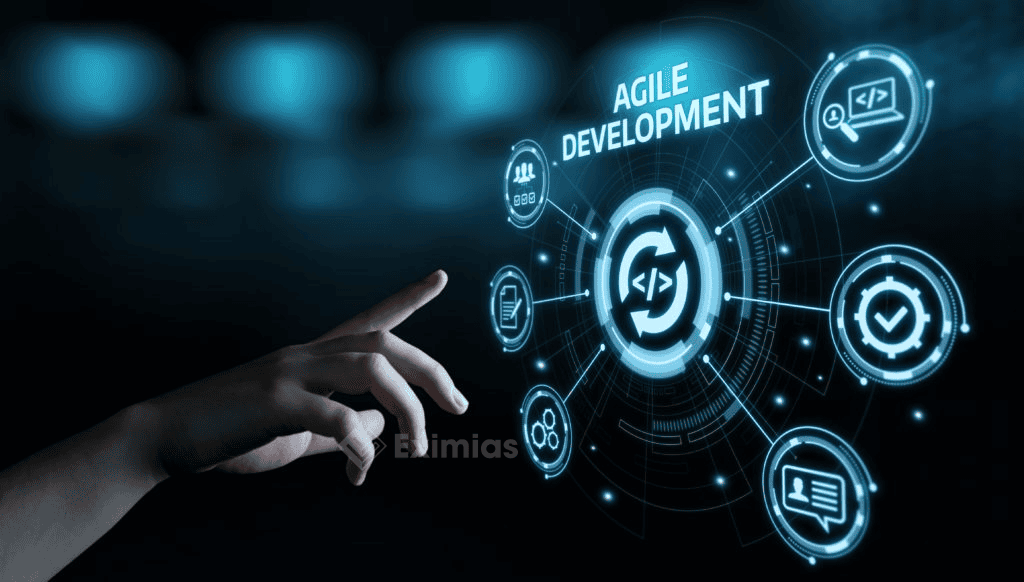Application integration refers to the connection of two or more different applications to enable data exchange between them.
This makes it possible to automate complex processes, increase efficiency and reduce costs. For example, at Eximias we developed a sales portal for a customer that communicates with inventory software in the background and was thus able to display sales-relevant information that was otherwise only available in the inventory software. But other applications are also possible, such as user management, which is used by a variety of programs via distributed access to the central document management system.
The need for application integration has increased significantly over the past decade as organizations around the world become increasingly reliant on connected data. The aim of the integration is always to replace processes that would otherwise have to be carried out manually via automated data reconciliation and thus streamline processes and improve efficiency. For example, a customer master can be automatically transferred from one system to another without the hassle of manual data entry.
However, a workflow can also be created in which different systems are integrated.
An order management system that forwards a production instruction to the control software of a machine would be conceivable. This then processes the order and then reports the completion back to the order management. Thus, the progress in order management can be viewed at any time and you can even report feedback on the status of the order to the customer in real-time via an additional web portal.
Another big advantage is the ability to connect two applications together to create a single, unified view of the data, making analysis easier and decision-making.

Application integration can be done in several ways and we have an (incomplete) listing here:
- Web services: One of the most popular methods are web services (e.g. REST, SOAP), where applications can offer their interfaces via web technologies such as HTTP. As a result, communication over longer distances is no problem because it is based on widespread standards. In addition, many programming languages already offer a variety of libraries that take over communication and you only have to worry about the actual interface.
- Specific API: In addition to the web services such as REST and SOAP, there are special APIs. An example of this is databases, where connectors connect to the application interface. There are already libraries for all common programming languages and databases and a connection can be easily established. But it can also offer very individual programs (existing software) their own interface, which can then be controlled. Today, however, web services are commonly used for this purpose.
- Remote Procedure Call (RPC): In the so-called "call of a remote procedure", a function can be called directly in another program, which can then also run on another computer. In our experience, however, this method is hardly used today, as web services offer easier possibilities here.
- External programs: Integration of programs that can be controlled via parameters at startup. In the past, we have used this method to transfer print data to the print system in Linux, to read signal strengths in WLAN, or to read price data via the CLI from a decentralized blockchain.
- Messaging systems: Here, data is distributed via a so-called message queue. Other systems can view these messages and then perform certain actions. They can then send the feedback back to the queue. The big advantage here is that the systems can be quite loosely connected. This even goes so far that the communicating systems do not even have to be available at the same time.
- File transfer: Files are sent from one system to another. Various formats such as Excel spreadsheets, text files or the like can be used. For the transfer, evaluated protocols such as FTP are used, which also makes sending between different locations very easy.
Application integration can be a powerful tool for companies that want to merge different applications into rational processes to improve efficiency. By using the right combination of web services, APIs, file transfers, and messaging, organizations can create an integrated system that automates complex processes. and reduce costs.
If you have any questions about how to do the integration or what would be the benefits for your particular case, you can contact us for FREE consultation.





